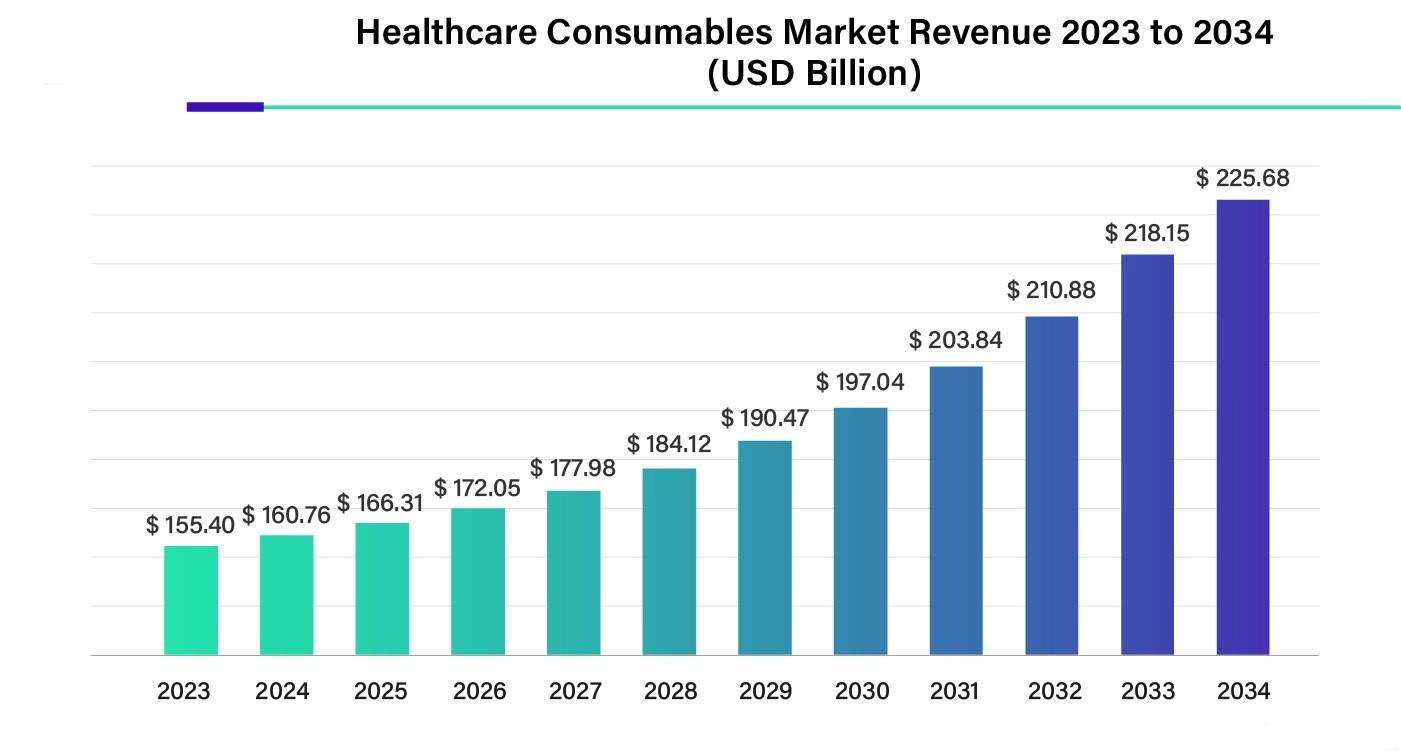No.4,Second Industrial Zone, Hetian, Houjie Town, Dongguan City, GD, China. 523945 +86-18903039576 [email protected]

The medical consumables market is opening up vast blue ocean opportunities, where innovative companies are venturing into uncharted territories to capture uncontested market space. In a time when traditional markets are becoming increasingly competitive, industry leaders are pioneering new strategies to tap into underserved segments and drive future growth.
A key trend in this market is the emergence of customized solutions tailored to specific clinical needs. Companies are now designing consumables that not only address standard hospital requirements but also target niche segments such as remote patient monitoring, outpatient care, and home healthcare. This strategic diversification has created entirely new revenue streams for manufacturers who are willing to invest in research and design for these specialized applications.
In parallel, rapid technological advancements are revolutionizing product development. Digital transformation is playing a pivotal role, with companies using artificial intelligence, advanced robotics, and 3D printing to innovate faster and reduce production costs. These technologies allow for flexible manufacturing processes, making it easier for businesses to experiment with new designs and quickly adapt to changing consumer demands. The ability to iterate rapidly provides a competitive advantage in an industry where speed to market is critical.
Market dynamics are also shifting as traditional healthcare providers partner with tech firms to co-develop next-generation medical supplies. Collaborative ventures and strategic alliances have become common, offering manufacturers access to advanced research capabilities and emerging markets. With these collaborations, companies can navigate complex regulatory landscapes more efficiently and expedite product approvals. Such partnerships also pave the way for scaling innovations to a global level, further expanding the blue ocean of untapped potential.
Another significant aspect of this transformation is the impact of digital marketing and online distribution channels. Manufacturers are increasingly leveraging e-commerce platforms to reach international buyers directly. This shift not only reduces dependency on traditional distribution networks but also opens up new markets where demand has historically been unmet. The result is a more agile and responsive supply chain that can cater to diverse market needs.
In addition, customer-centric approaches are reshaping product offerings. Detailed market research and direct feedback from healthcare professionals are driving product innovations that better meet the evolving demands of modern medicine. Companies are now focusing on creating products that offer improved performance, reliability, and safety—factors that are increasingly critical in a competitive marketplace.
Overall, the blue ocean strategy in the medical consumables market is enabling companies to transcend traditional boundaries. By embracing innovation, forging strategic alliances, and leveraging digital platforms, manufacturers are well-positioned to capture new markets and fuel long-term growth. As the industry continues to evolve, the ongoing transformation promises to bring forward a new era of efficiency and opportunity in healthcare supplies.